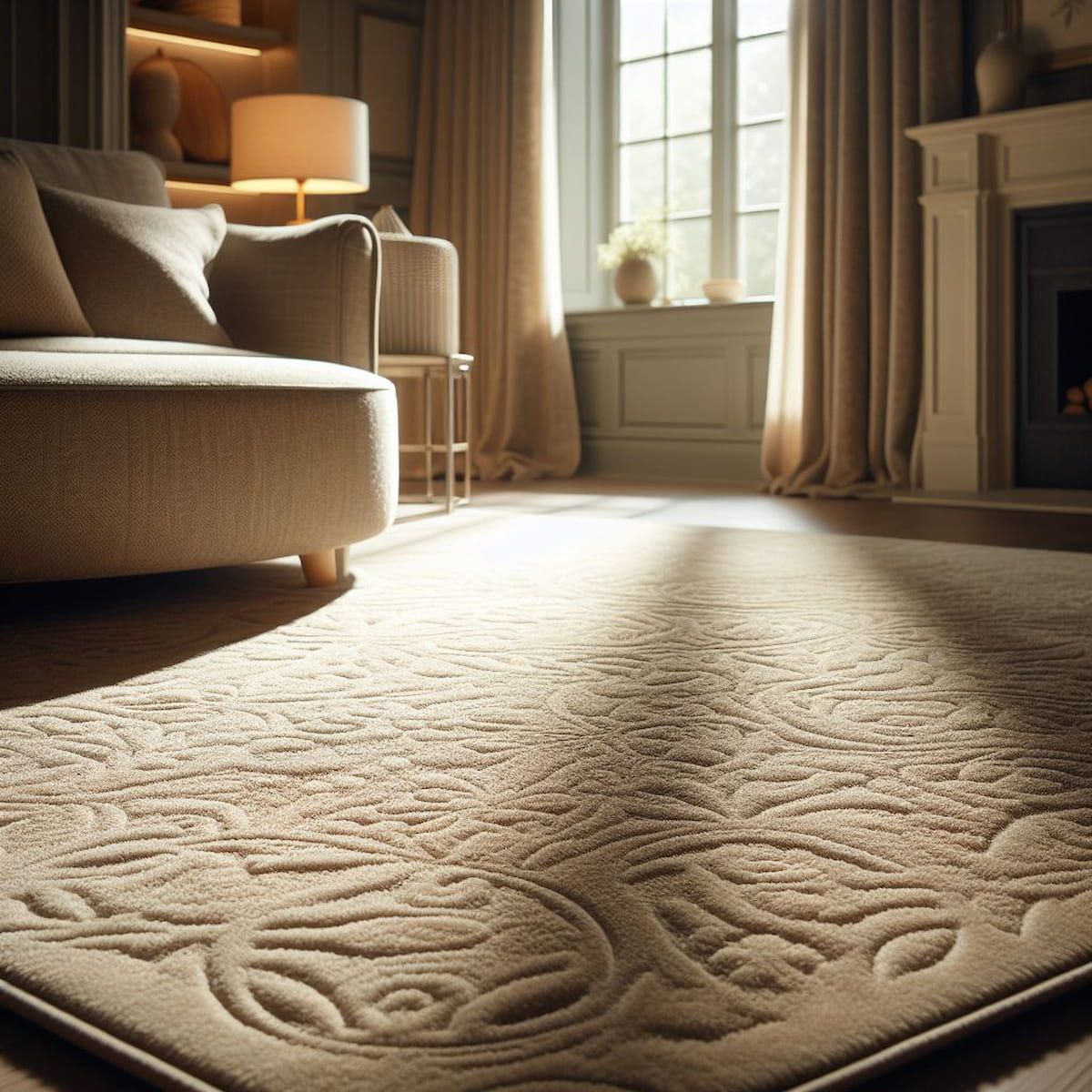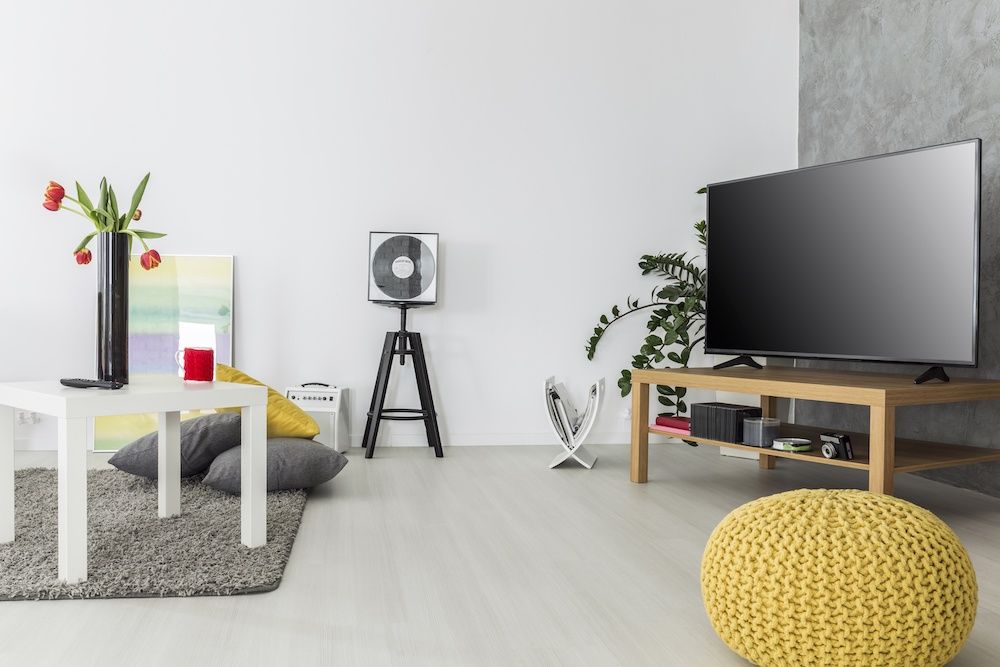Blog

As a professional with 18 years in the business, I've seen this scenario countless times: well-meaning contractors lay down clear plastic carpet shields during renovations, thinking they're protecting your investment. Unfortunately, what happens after they remove these shields can lead to serious carpet damage that develops gradually over time. What starts as barely noticeable light gray discoloration progressively darkens to medium gray, then light black, and eventually medium to dark black areas across your once-clean carpet. The most frustrating part? This damage often doesn't become apparent until weeks or months after your contractor has completed the project and moved on. What's Actually Happening The issue lies in the adhesive residue on the back of these plastic carpet shields. When foot traffic occurs over these protective sheets during construction, the adhesive begins to bond with your carpet fibers. This creates a sticky surface that attracts and holds dirt particles, leading to that progressive darkening effect. What many homeowners don't realize is that carpet manufacturers typically don't cover this type of damage under warranty. According to technical bulletins from major manufacturers, this specific type of soiling falls outside their responsibility. Instead, this liability should rest with the contractor who improperly used these adhesive shields. Better Alternatives Instead of adhesive plastic shields, professionals should be using reusable and washable carpet protectants that don't rely on sticky backings. The proper solution involves canvas-like drop cloths that connect together using Velcro at the edges. These protective coverings: Don't attach directly to your carpet fibers Stay in place effectively during construction Can be removed without leaving residue Are reusable and more environmentally friendly Can be easily washed between jobs The Moving Company Connection This same problematic plastic shielding is frequently used by moving companies, especially on stairs. The same damage occurs - adhesive transfers to carpet fibers during the moving process, creating a dirt-attracting surface that gradually darkens over time. Solutions If You're Already Affected If your carpet has already suffered from adhesive residue damage, professional cleaning can help. In my experience, I've been successful at safely removing this residue, though some situations require multiple cleaning sessions to fully restore the carpet. Preventing This Issue Before hiring contractors for renovation work or movers for relocation, specifically ask about their carpet protection methods. Request that they use only non-adhesive protection systems, and reference the manufacturer technical bulletins that advise against adhesive shields if you meet resistance. Take Action to Protect Your Investment Whether you're dealing with existing carpet damage from plastic shields or planning an upcoming project, we can help. Contact us for expert residue removal services or to discuss proper carpet protection methods with your contractors. Don't let improper protection ruin your floors. Contact Us Today! (339) 222-8792

As we step into a new year, many of us think about ways to improve our lives and homes. Whether or not you make New Year’s resolutions, one thing most people share is the desire to maintain a clean, healthy home for their family. A clean home doesn’t just look good—it also contributes to better health and well-being, especially if you have kids or pets. Here are 5 practical tips to help you create a healthier home environment and a happier family this year. Here are 5 tips to keep in mind to have a clean, healthy home (and happy family). 1. Tackle Spills Immediately (And the Right Way!) Life is full of spills—whether it’s coffee on the carpet, juice on the couch, or muddy paws across the rug. Acting quickly can make all the difference. Here’s how to handle spills like a pro: Always blot, never rub. Rubbing can push the spill deeper into the fibers, making it harder to remove. Use a white cloth or paper towel to avoid dye transfer from colored materials. Avoid common household remedies like baking soda or dish soap , which can leave residues that attract dirt later. 2. Be Mindful of What’s in Your Air Carpets and upholstery act as filters, trapping dust, allergens, and pet dander over time. While vacuuming helps, it doesn’t catch everything. Consider using a high-efficiency vacuum with a HEPA filter and keeping an eye on indoor air quality, especially during winter when windows stay closed. 3. Create a Cleaning Routine That Works for You Consistency is key when it comes to maintaining a clean home. Some areas, like high-traffic carpets and upholstery, benefit from more frequent attention, especially in households with kids or pets. Regular maintenance reduces buildup and keeps surfaces looking their best. 4. Know What Products Are Safe for Your Family and Home When choosing cleaning products, it’s important to think about safety—not just for your surfaces but for your family and pets, too. Avoid harsh chemicals and opt for eco-friendly solutions when possible. A little research goes a long way toward creating a healthier environment. 5. When in Doubt, Seek Reliable Information Not all cleaning advice you find online is accurate, and using the wrong techniques can sometimes do more harm than good. If you’re ever unsure about how to care for a spill, stain, or surface, it’s worth reaching out to a trusted source or researching best practices. Final Thoughts: A clean home contributes to a healthier, happier life—and the steps to achieve it don’t have to be complicated. Whether you’re managing everyday messes or looking to improve your cleaning routine, a little effort goes a long way toward maintaining a space where your family can thrive. Here’s to a cleaner, healthier 2025 for you and your loved ones!








